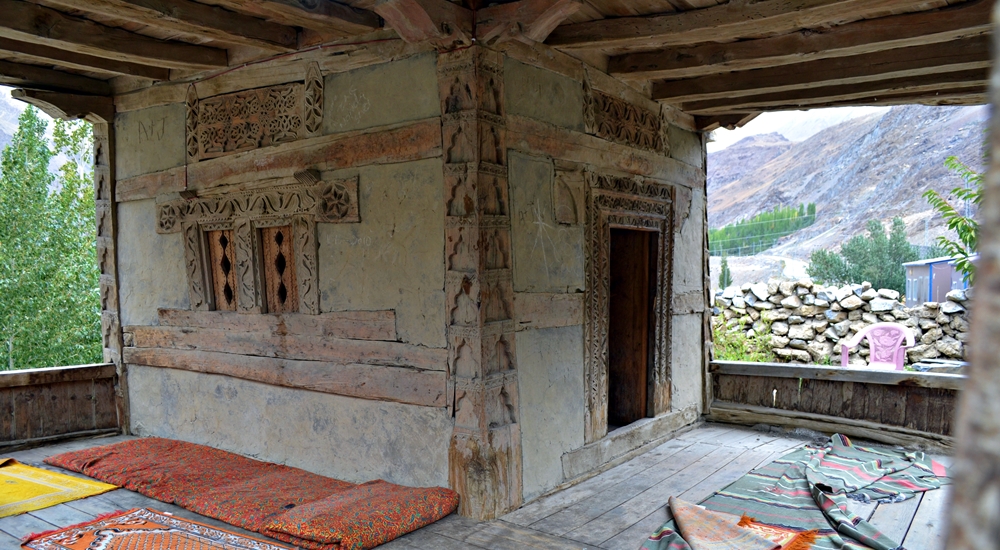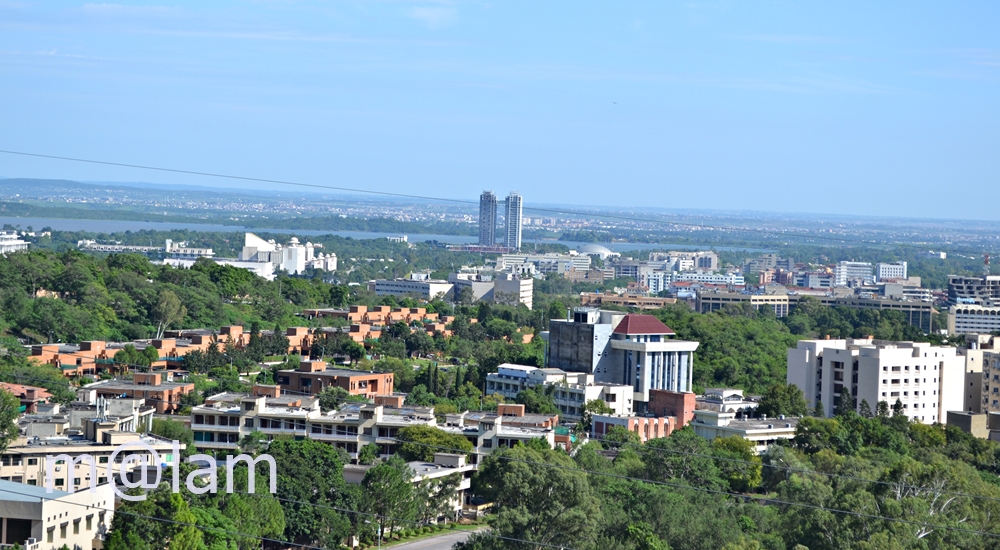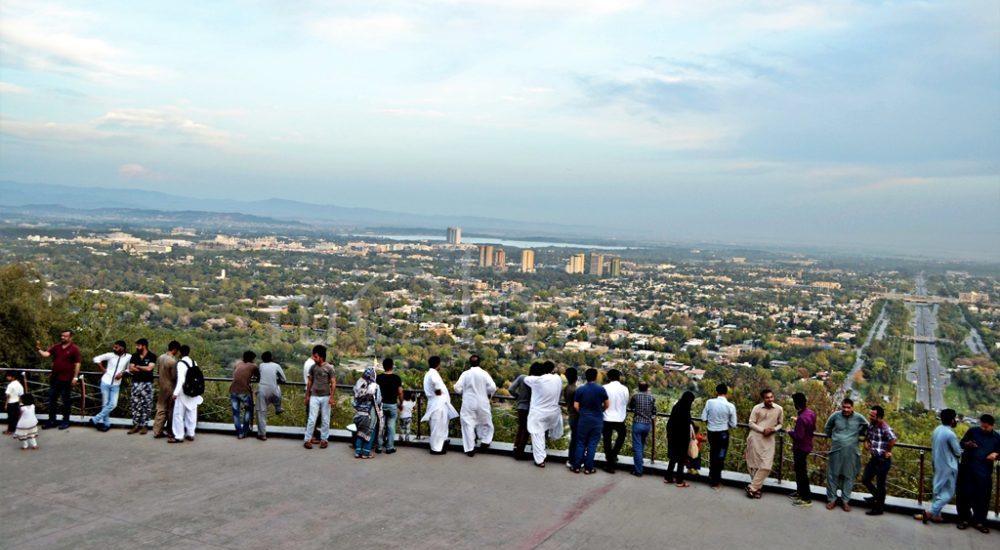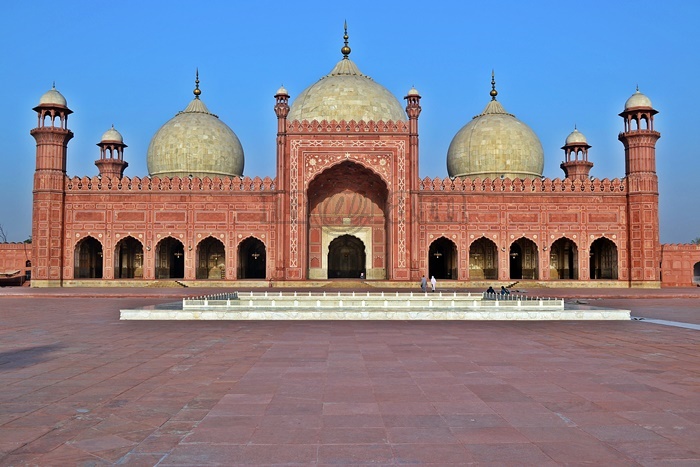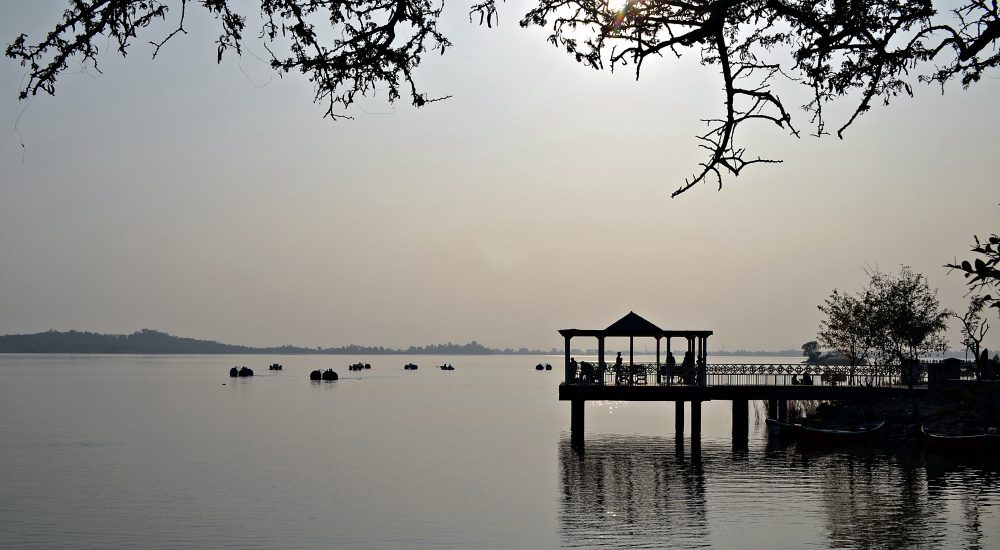Faisal Mosque: A Fusion of Tradition and Modernity
A Landmark of Global and National Significance
Nestled at the foothills of the Margalla Hills in Islamabad, the Faisal Mosque is an awe-inspiring symbol of Pakistan’s Islamic heritage. As the 6th largest mosque in the world, it commands a distinctive place in the Islamic world, blending ultramodern and traditional architectural styles. Positioned on an elevated plateau, its grandeur can be admired from miles away. Open to visitors of all faiths, the mosque is not only a key tourist attraction but also holds the esteemed title of Pakistan’s national mosque, reflecting its immense cultural and spiritual significance.
From Concept to Creation
The genesis of the Faisal Mosque traces back to King Faisal of Saudi Arabia’s visit to Pakistan in 1966. Inspired by the ambition to establish the world’s largest mosque, an international design competition was held in 1969, attracting 43 entries from 17 nations. Turkish architect Vedat Dalokay’s innovative design won the honor and later earned the prestigious Aga Khan Award for Architecture.
Construction commenced in 1976 and was completed in 1988, taking 12 years to bring the vision to life. The project, funded by 130 million Saudi Riyals (approximately $120 million), was generously financed by King Faisal, in whose memory the mosque is named. For nearly two decades, it stood as the largest mosque in the world until surpassed by the mosques in Saudi Arabia.
Architectural Splendor
The Faisal Mosque is a departure from traditional mosque designs, taking inspiration from the simplicity of a desert Bedouin tent. Its striking triangular worship hall, crowned with eight-sided shell-shaped sloping roofs, breaks away from the customary domes and arches of Islamic architecture. Surrounding the central structure are four towering minarets, each standing at an impressive height of 260 feet (79 meters).
The mosque’s interior is equally captivating. Renowned Pakistani artist Sadequain contributed exquisite mosaics and intricate calligraphy. Likewise, the Turkish-style chandelier suspended from the 40-meter-high ceiling serves as a dazzling focal point. The west wall’s mosaic pattern, featuring Kalimah in the early Kufic script, adds an element of artistic and spiritual significance.
Capacity and Location
Covering an expansive area of 5,000 square meters (54,000 square feet), the mosque accommodates 10,000 worshippers in its main prayer hall. The courtyard and surrounding grounds further expand its capacity, allowing over 200,000 people to gather during significant congregational prayers.
Strategically situated at the northern end of Faisal Avenue, the mosque is surrounded by lush greenery and serene landscapes. Adjacent to the mosque lies the mausoleum of Pakistan’s former President Zia-ul-Haq, adding historical context to the site. The sprawling grounds, carpeted with verdant grass and blooming flowers, provide a tranquil retreat for visitors.
Visitor Information and Etiquette
The Faisal Mosque warmly welcomes visitors of all faiths to explore its magnificent premises. The courtyard offers stunning views of the picturesque Margalla Hills, providing a peaceful setting for reflection or photography.
Visitors are kindly requested to observe certain etiquettes as a mark of respect. Shoes must be removed before entering the main hall, and conservative attire is appreciated. Women are encouraged to wear headscarves, while men are advised to avoid shorts. To preserve the mosque’s serene atmosphere, eating, loud noises, and disruptive activities are discouraged.
A Symbol of Unity and Innovation
The Faisal Mosque represents more than an architectural achievement; it is a testament to unity, inclusivity, and cultural pride. Its unique design, rooted in tradition yet embracing modernity, continues to captivate visitors from around the world. Whether admired for its artistry, spiritual significance, or serene ambiance, the Faisal Mosque leaves an indelible impression on all who experience its magnificence.





